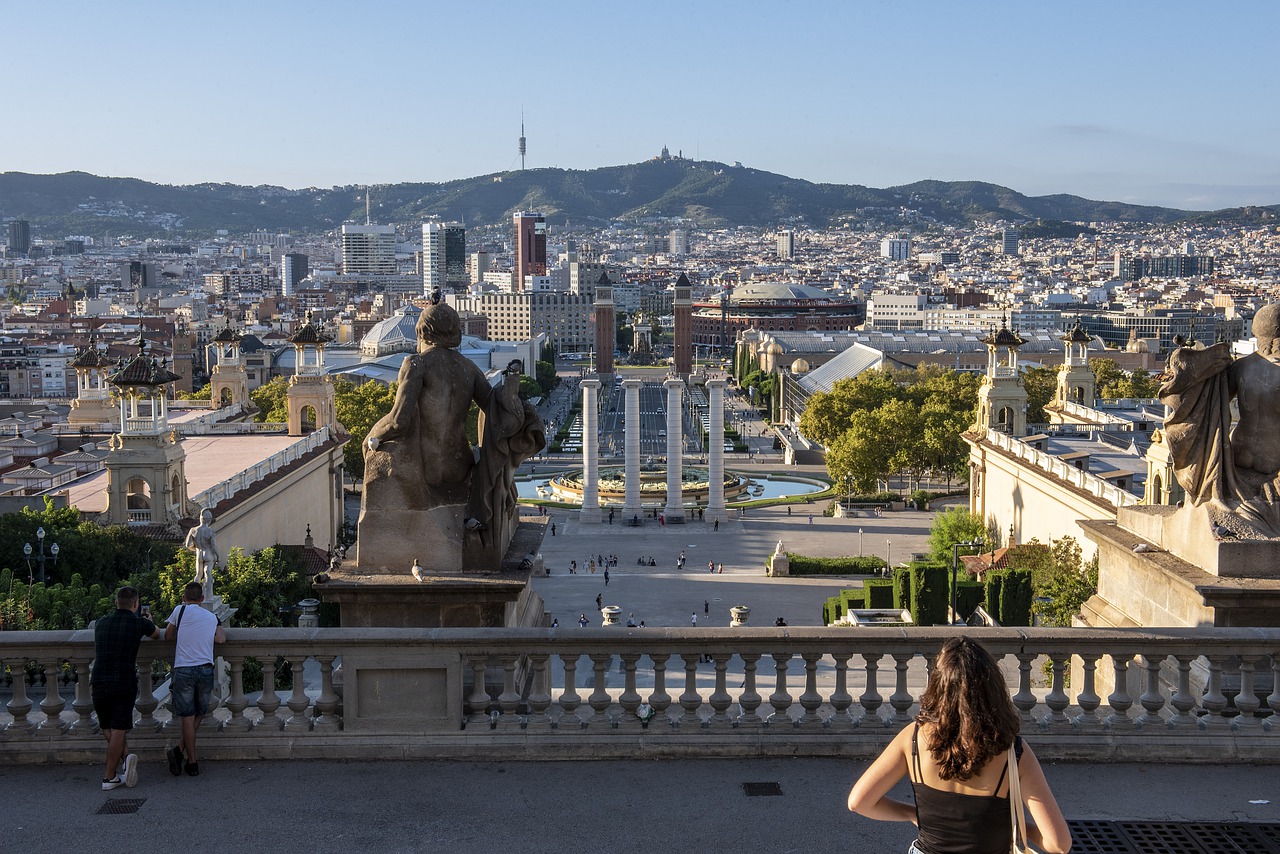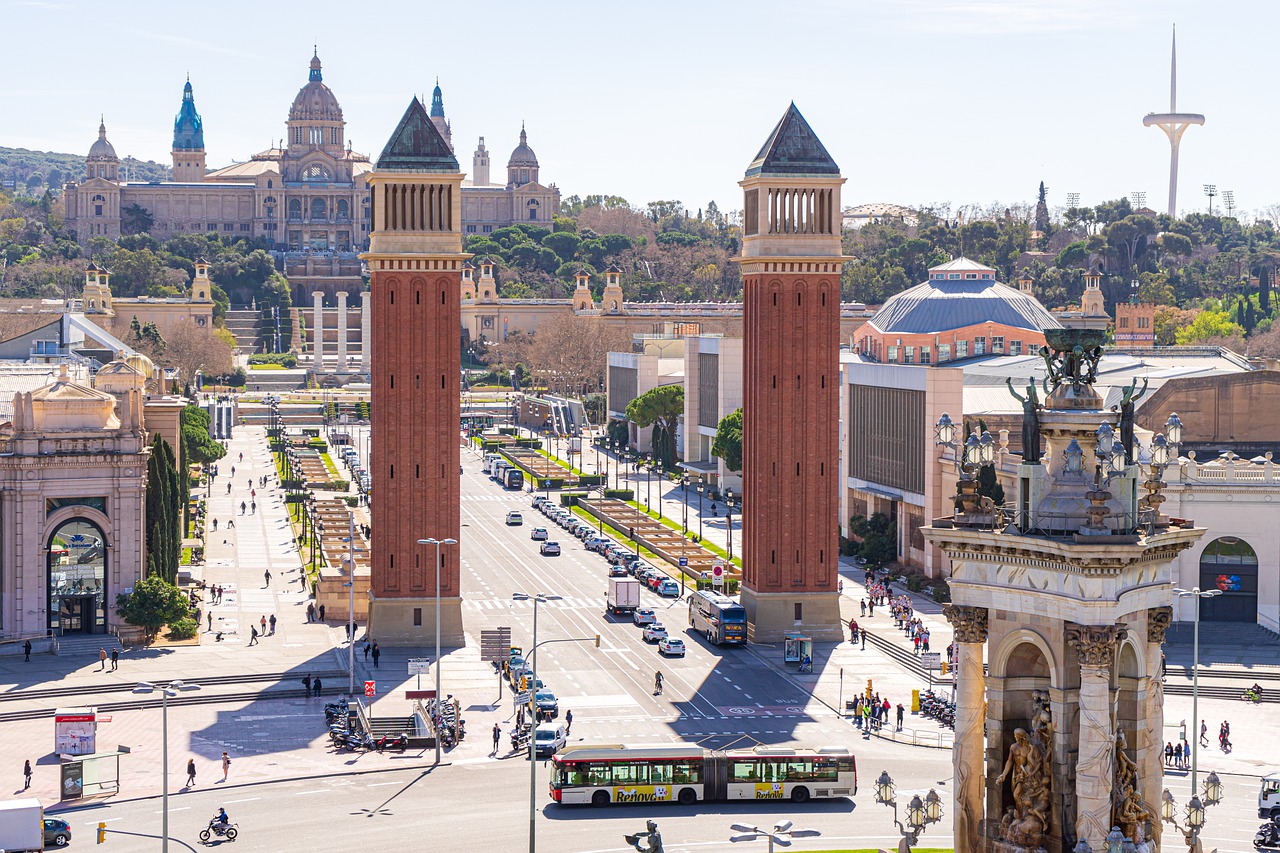The tourism industry in Spain is still in oblivion and is likely to remain in such a bleak state until the end of the first half of the year due to travel restrictions within Spain and in Europe in general.
According to the National Statistical Institute (INE), 1.2 million foreign tourists visited Spain in the first quarter of this year. This figure means a decrease of 88.5% compared to the same period in 2020 (then the country hosted almost 10.6 million people), including the last two weeks of March, when travel was practically banned due to the first quarantine. With regard to tourism revenues, the collapse is even more significant (by 89%), revenue did not reach 1.3 billion euros.
2021 is expected to be a better year as borders are expected to open in the second half thanks to successful vaccination campaigns. The government, employers and major industry associations that the situation looks optimistic and most experts expect about 50% of foreign visitors this year compared to the corresponding period in 2019. At the same time, many point out that the current drop is significant enough to make this goal unattainable. In fact, the Stability Program, published a few days ago by the Spanish government, has already revised its forecasts to 42.4%, which the authorities also say will be difficult to achieve given the bleak first months of the year.
On the other hand, the current data seems to indicate signs of growth: the fall in March (up 75.5%) is the lowest since July 2020. However, these numbers should be taken with caution as they compare to March 2020, the month the country was tightly closed for the past two weeks. Compared to July 2019, the decline in the number of tourists and the expenses of foreign travelers is more than 91%, which is in line with the downtrend. The bad side of the statistics is that the country has already recorded 13 consecutive months of declines in both indices, and this trend is expected to continue, at least until the summer.
Fewer travelers, less spending
The drop in foreign tourist spending is slightly higher than the drop in the number of guests arriving from abroad. This trend has continued since the beginning of the pandemic: travel has become less accessible and tourists spend less; but this trend is also taking place in domestic tourism. In the first quarter of 2021, the average daily spending per traveler was € 117, more than 20% less than the € 149 average in 2020. So far, the only metric that is growing (although not enough to offset the decline in costs) is travel duration, which averaged just over 9 days in the first quarter of 2021, up from seven and a half days in the first quarter of 2020.
In terms of target markets, the numbers continue to be affected by the coronavirus pandemic. The two largest tourist source markets are France and Germany, from where 302,069 and 187,470 travelers arrived in the first quarter of 2021, respectively. The United Kingdom, the largest source of foreign tourists for Spain in the past, added only 55,752 travelers in the first quarter (a 97.2% decrease). More tourists came even from Italy (72,757 travelers) and Portugal (72,315 travelers).

More than 700,000 tourists
Despite strict restrictions on travel to Spain, 704,750 foreign tourists visited Spain for recreation in the first quarter of 2021, at a time when travel between regions inland was not possible to contain the spread of the coronavirus. This contradiction is difficult to justify, but it is supported to some extent by bureaucratic and political reasons.
The most visited region in Spain in the first quarter was the Canary Islands (233,883 visitors) and is one of the few places in Europe offering “sun and beach” tourism in the first half of the year. This is followed by Catalonia (108,452 visitors), the Valencia region (70,302 visitors) and the Madrid region (62,353 visitors). While many have criticized the possibility of foreign tourist arrivals, at a time when travel between regions within the country is strictly prohibited for citizens, this controversy seems to be the only viable way to help the tour industry.

